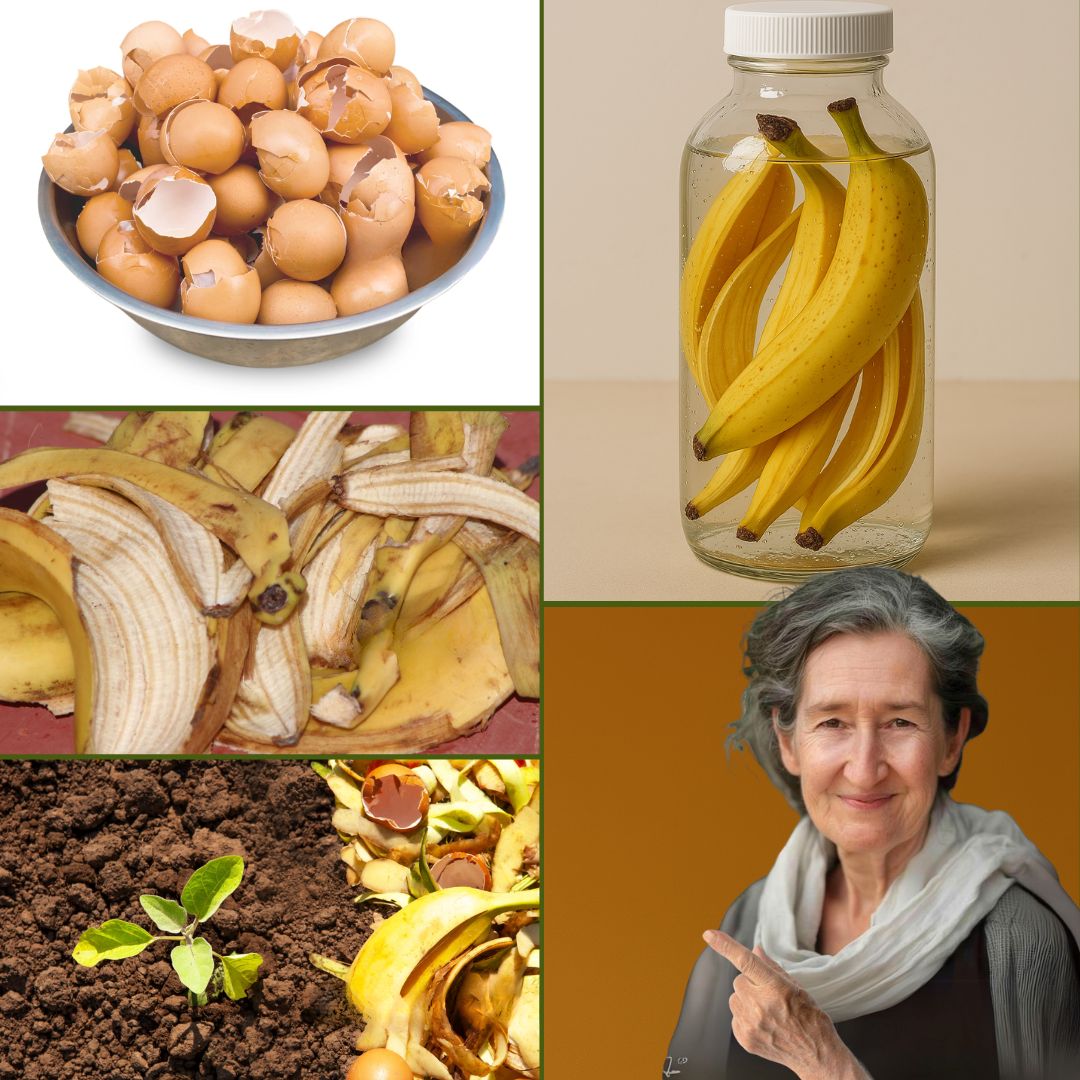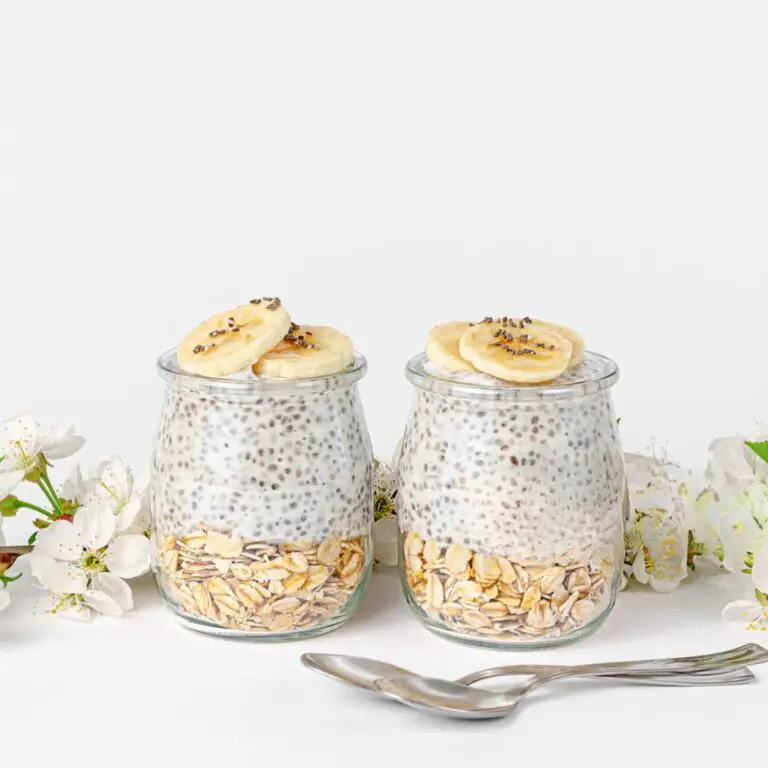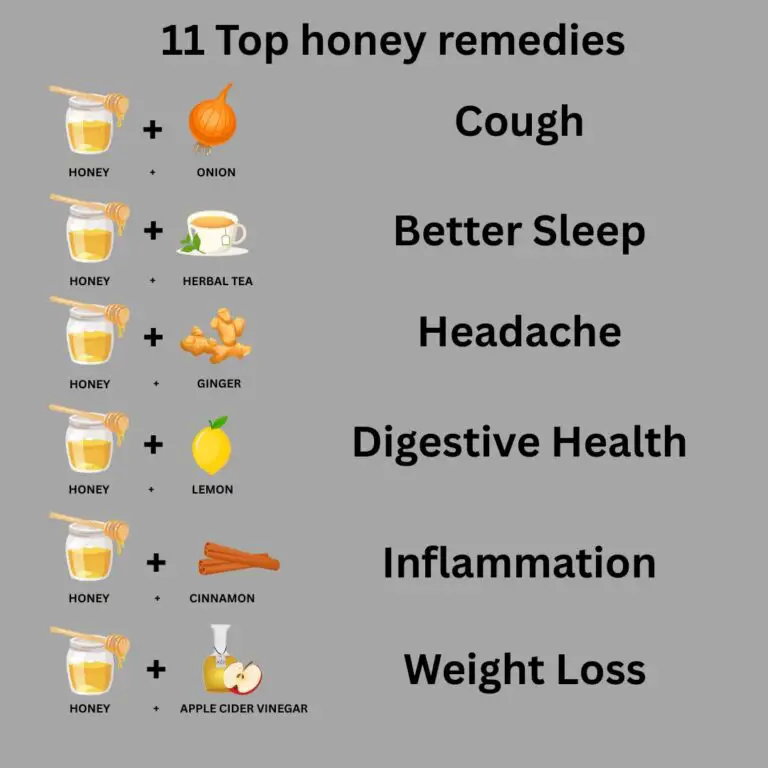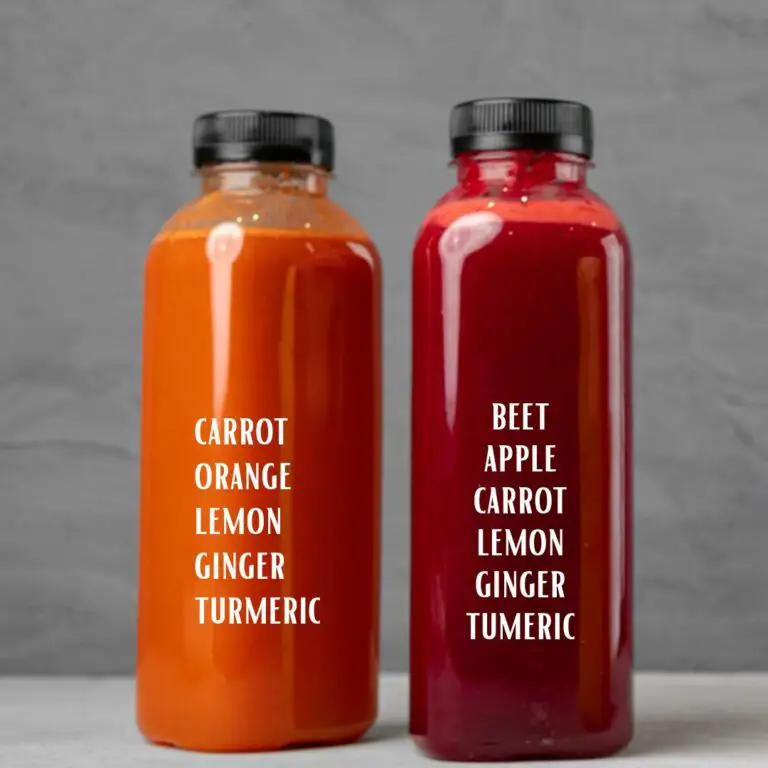12 Easy Homemade Fertilizers for Plants: Boost Growth Naturally with Simple Ingredients
Introduction
If you’re a plant lover, you know the joy of watching your garden or indoor plants thrive, bloom, and flourish. But getting your plants to their healthiest state often means providing them with the right nutrients — and that’s where fertilizers come into play. While commercial fertilizers are widely available, they often contain chemicals that can harm the environment, your plants, or even your health. Luckily, nature offers a bountiful pantry of homemade, organic alternatives that are easy to prepare, affordable, and incredibly effective.
In this guide, you’ll discover 12 easy homemade fertilizers for plants, crafted from everyday ingredients you likely already have in your kitchen or garden. From nutrient-rich compost teas to protein-packed egg shell mixtures, these DIY fertilizers provide balanced nourishment to boost your plants’ growth, improve soil health, and enhance resilience against pests and diseases. Whether you grow vegetables, flowers, herbs, or houseplants, these natural fertilizers will transform your gardening game while keeping it eco-friendly.
Why You’ll Love These Homemade Fertilizers
What makes these homemade fertilizers so appealing isn’t just their effectiveness — it’s the simplicity, sustainability, and satisfaction of creating your own plant food. Each recipe taps into the power of natural ingredients loaded with essential nutrients like nitrogen, phosphorus, potassium, calcium, and trace minerals. By recycling household scraps and garden waste, you reduce environmental impact and save money.
You’ll also appreciate the gentle, slow-release nourishment these fertilizers provide, promoting strong roots, lush foliage, vibrant blooms, and higher yields without risking chemical buildup or soil damage. Plus, making these fertilizers becomes an engaging and rewarding gardening ritual that deepens your connection with your plants.
Each fertilizer in this list is easy to customize to your plant’s needs, uses minimal tools, and requires no complicated processing. With clear step-by-step instructions and practical tips, this guide ensures even beginner gardeners can confidently boost their garden’s vitality.
Ready to grow greener, healthier plants naturally? Let’s jump into the recipes!
Ingredients
Below are the main ingredients used across the 12 homemade fertilizers:
- Kitchen scraps: vegetable peels, coffee grounds, eggshells, banana peels
- Natural fertilizers: compost, manure (cow, chicken, or rabbit), seaweed or kelp
- Pantry staples: baking soda, Epsom salt, molasses, vinegar
- Garden byproducts: grass clippings, wood ash, neem leaves, worm castings
- Liquids: water, used tea bags, chamomile tea
Each fertilizer recipe will specify exact ingredients needed per batch.
Necessary Tools
Preparing homemade fertilizers requires minimal equipment, most of which you’ll already have:
- Large buckets or containers (for soaking or compost tea)
- Blender or food processor (for grinding eggshells or blending ingredients)
- Fine mesh strainer or cheesecloth (for filtering liquids)
- Garden gloves (for handling manure or compost)
- Spray bottles (for foliar applications)
- Measuring spoons and cups
- Watering can or garden sprayer
Ingredient Swaps and Additions
Gardening is wonderfully flexible, so feel free to customize each fertilizer depending on what you have available:
- If you don’t have fresh manure, use well-aged compost instead for a safer nutrient source. Learn more about composting techniques at the University of Minnesota Extension: Composting Basics.
- Substitute banana peels with orange or citrus peels for potassium-rich feed.
- Replace molasses with honey or maple syrup in compost teas for natural sugars.
- If fresh seaweed isn’t accessible, kelp powder or liquid seaweed extract works equally well.
- Use different herb teas (like nettle or chamomile) to add varied micronutrients and pest-repelling properties.
Experimenting with these swaps allows you to discover what your plants love best!
Step-by-Step Instructions for Each Fertilizer
1. Compost Tea
- Fill a bucket with 5 gallons of water.
- Add 1 to 2 cups of mature compost.
- Stir vigorously and let it steep for 24-48 hours, stirring occasionally.
- Strain through cheesecloth.
- Use the liquid to water your plants or as a foliar spray.
Tips: Use non-chlorinated water and aerate the tea with an aquarium pump for best results.
For more on enhancing soil health naturally, the Rodale Institute’s guide to organic fertilizers and soil health offers excellent insights.
2. Eggshell Fertilizer
- Collect and rinse eggshells.
- Dry thoroughly, then crush into a fine powder using a blender.
- Sprinkle 1 tablespoon per pot or mix into garden soil before planting.
Tips: Eggshells are rich in calcium, great for preventing blossom end rot in tomatoes.
3. Banana Peel Fertilizer
- Chop fresh banana peels into small pieces.
- Bury them 3-4 inches deep near the base of your plants.
- Alternatively, soak peels in water for 48 hours and use as a liquid fertilizer.
Tips: Banana peels supply potassium and phosphorus essential for flowering plants.
4. Coffee Grounds
- Spread used coffee grounds thinly over your soil or mix into compost.
- Avoid thick layers to prevent mold.
- Use 1 cup per plant bed per month.
Tips: Coffee grounds improve soil structure and add nitrogen.
5. Molasses Compost Tea
- Mix 1 tablespoon molasses in 1 gallon of water.
- Add 1 cup finished compost and steep for 48 hours.
- Strain and apply to soil or as foliar spray.
Tips: Molasses feeds beneficial microbes, enhancing nutrient availability.
6. Wood Ash Fertilizer
- Sprinkle a light dusting of cooled wood ash around plants.
- Avoid acidic plants like blueberries.
- Use once every few months.
Tips: Wood ash provides potassium and raises soil pH.
7. Epsom Salt Fertilizer
- Dissolve 1 tablespoon Epsom salt in 1 gallon of water.
- Use to water plants once a month.
Tips: Supplies magnesium and sulfur, vital for chlorophyll production.
8. Neem Leaf Fertilizer
- Soak 2 cups of dried neem leaves in 1 gallon of water overnight.
- Strain and use as a foliar spray to deter pests and feed plants.
Tips: Neem also acts as a natural pesticide.
9. Manure Tea
- Soak 2 cups of aged manure in 5 gallons of water for 3 days.
- Stir daily, strain, and dilute before applying.
Tips: Use well-aged manure to avoid burning plants.
10. Grass Clipping Fertilizer
- Mix fresh grass clippings into compost or spread as mulch around plants.
- Avoid clippings treated with herbicides.
Tips: Adds nitrogen and helps retain soil moisture.
11. Vinegar Fertilizer
- Dilute 1 tablespoon vinegar in 1 gallon water.
- Apply to acid-loving plants once every 2 weeks.
Tips: Helps lower soil pH for plants like azaleas and rhododendrons.
12. Worm Casting Tea
- Soak 1 cup worm castings in 1 gallon water for 24 hours.
- Stir and strain the liquid.
- Use to water plants weekly.
Tips: Packed with beneficial microbes and nutrients for healthy roots.
Pro Tips for Success
- Always test homemade fertilizers on a small area or a few plants first to observe any adverse effects.
- Avoid over-fertilizing — natural or not, excess nutrients can harm plants.
- Combine liquid and solid fertilizers to balance quick and slow nutrient release.
- Keep tools and containers clean to prevent contamination.
- Adjust recipes seasonally; plants may need more nutrients during growth spurts or flowering.
Serving Suggestions
While you can apply these fertilizers directly to your garden soil, try varying application methods:
- Foliar spraying allows nutrients to absorb through leaves quickly.
- Soil drenching ensures deep root feeding.
- Mixing fertilizers with mulch helps slow release and moisture retention.
- Combine compost teas with beneficial microbes like mycorrhizae for enhanced uptake.
Use different fertilizers in rotation to give your plants a well-rounded nutrient profile.
Storing and Reheating
Most homemade fertilizers are best used fresh:
- Compost teas and manure teas should be used within 48 hours to prevent harmful bacteria growth. Store in a cool place, away from sunlight.
- Powdered fertilizers like eggshells or wood ash can be stored indefinitely in dry, airtight containers.
- Liquids like vinegar or Epsom salt solutions can be prepared in small batches and stored for up to a month in sealed bottles.
- Avoid reheating homemade fertilizers — instead, gently warm (if needed) before use to avoid killing beneficial microbes.
Nutritional Information
Here’s a nutrient breakdown of key homemade fertilizer ingredients:
- Eggshells: High calcium carbonate, supports cell wall strength.
- Banana Peels: Rich in potassium and phosphorus, aids flowering and fruiting.
- Coffee Grounds: Nitrogen source, improves soil organic matter.
- Molasses: Contains sugars that feed soil microbes.
- Wood Ash: Potassium, calcium, and trace minerals, alkalizes soil.
- Epsom Salt: Magnesium and sulfur, essential for photosynthesis.
- Manure: Balanced NPK (nitrogen, phosphorus, potassium) with organic matter.
- Neem Leaves: Natural insecticide with nitrogen and micronutrients.
- Worm Castings: Full spectrum micro- and macronutrients and microbes.
FAQs
- Are homemade fertilizers safe for all plants?
Generally, yes. However, acidic fertilizers like vinegar should only be used on acid-loving plants. Always research your plant’s needs. - How often should I fertilize with homemade recipes?
Typically, once every 2-4 weeks depending on the fertilizer and plant type. - Can I use these fertilizers for indoor plants?
Absolutely! Just adjust quantities and avoid strong odors indoors. - Do homemade fertilizers smell bad?
Some like manure tea or neem might have a strong scent but usually dissipate quickly outdoors. - Can homemade fertilizers replace commercial fertilizers?
They can, especially in organic or sustainable gardening, but soil tests may be needed to ensure balanced nutrition.
If you’re interested in sustainable gardening practices beyond fertilizers, check out the EPA’s guide on Sustainable Gardening Practices.
Conclusion
Embracing homemade fertilizers transforms gardening into an eco-friendly, rewarding journey. With simple ingredients like eggshells, coffee grounds, and compost teas, you can nurture your plants naturally, promoting healthier growth, richer soil, and stunning blooms. These 12 easy recipes prove that plant care doesn’t have to be complicated or expensive. Whether you’re growing herbs on a windowsill or cultivating a backyard oasis, these homemade fertilizers empower you to give your plants the best nature has to offer.
Start experimenting today and watch your garden thrive with nutrient-packed, homemade love. Happy gardening!







